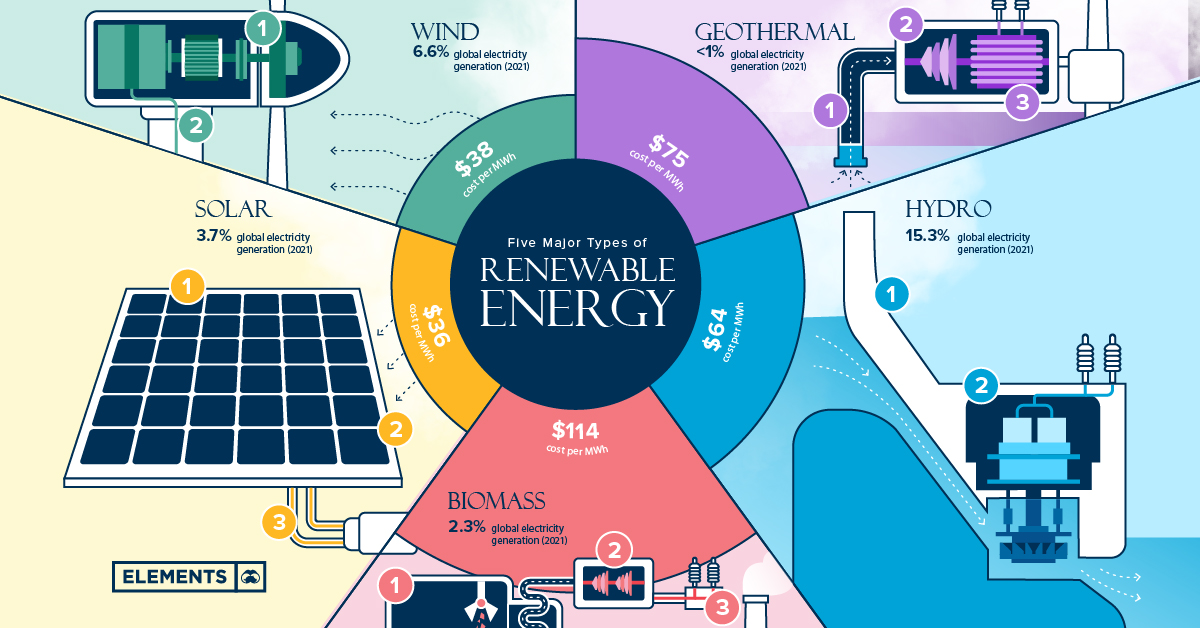Canadian researchers develop a new method for creating nanocellulose, an eco-friendly and sustainable material with many applications.
Canadian researchers have recently discovered a new method for creating nanocellulose, an eco-friendly and sustainable material with many applications. This breakthrough is exciting news for those who are looking for ways to reduce plastic use and establish sustainable practices in manufacturing. Nanocellulose has the potential to be a game-changer in many industries, from food to technology.
Canadian researchers create eco-friendly nanocellulose
Nanocellulose is a highly sustainable and eco-friendly material that is derived from plant matter. Canadian researchers have found a way to create nanocellulose from wood pulp, which is one of the most abundant and renewable resources in the world. This process of creating nanocellulose is far more sustainable and environmentally friendly than traditional methods of producing plastics or other synthetic materials.
Nanocellulose: a sustainable alternative to plastic
Nanocellulose is a promising alternative to plastic, which is a highly unsustainable and environmentally harmful material. Plastic takes hundreds of years to decompose, and it is estimated that by 2050, there will be more plastic in the ocean than fish. Nanocellulose, on the other hand, is biodegradable, non-toxic, and can be produced from renewable resources.
The many applications of nanocellulose
Nanocellulose has many applications in various industries, including food packaging, medicine, engineering, and electronics. It can be used to make biodegradable food packaging that can replace traditional plastic packaging. It can also be used as a reinforcement material for plastics, making them stronger and more durable. In medicine, nanocellulose can be used to create artificial organs or drug delivery systems that are more efficient and biocompatible.
How nanocellulose is made and its benefits
Nanocellulose is made by breaking down cellulose fibers into tiny, nanoscale fibers. These fibers are incredibly strong and can be used to make materials that are stronger than steel but much lighter. The process of creating nanocellulose is also beneficial because it requires less energy and fewer chemicals than traditional manufacturing processes.
From wood pulp to nanocellulose: the process
The process of creating nanocellulose from wood pulp involves breaking down the fibers and removing impurities. The resulting material is then treated with enzymes to further break down the fibers into nanoscale sizes. The nanocellulose can then be used to create a wide range of materials, from biodegradable packaging to advanced composite materials.
Nanocellulose’s potential impact on the environment
Nanocellulose has the potential to revolutionize many industries and reduce the environmental impact of manufacturing. It is a sustainable and eco-friendly material that can replace traditional plastics and other synthetic materials. By using renewable resources to produce nanocellulose, we can reduce our reliance on fossil fuels and help mitigate the impact of climate change.
Nanocellulose in the tech and food industries
The tech and food industries are two areas where nanocellulose has the most potential for impact. In the tech industry, nanocellulose can be used to create stronger and more durable materials for electronics and other applications. In the food industry, nanocellulose can be used to create biodegradable packaging that can replace traditional plastic packaging.
Future possibilities for nanocellulose development
The discovery of this new method for creating nanocellulose is just the beginning. There is still much research to be done to optimize the production process and discover new applications for this promising material. As we continue to develop nanocellulose, we can create a more sustainable and eco-friendly future for ourselves and future generations.
The development of nanocellulose is a significant step towards a more sustainable and eco-friendly future. With its many applications and benefits, nanocellulose has the potential to revolutionize many industries and reduce the environmental impact of manufacturing. As we continue to develop new technologies and methods for creating nanocellulose, we can look forward to a brighter and more sustainable future.













